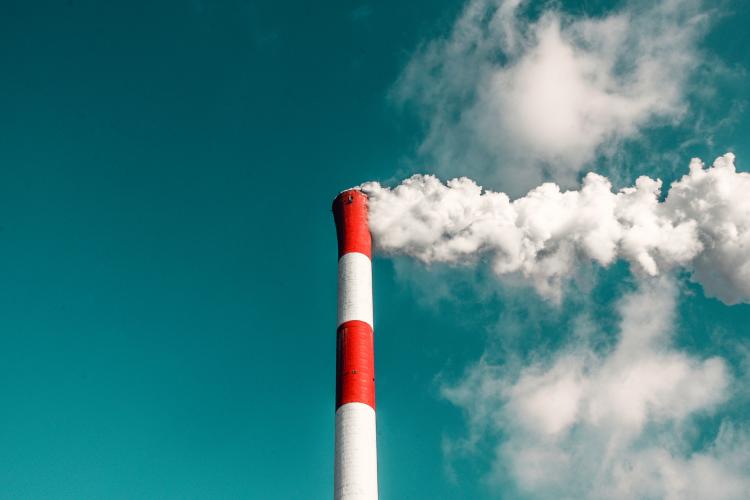
In recent weeks, Illinois, Minnesota and Wisconsin have all outlined plans to reach 100% carbon-free power by 2050. And each of these proposals would significantly increase investments in energy efficiency, a vital component to any 100% clean energy goal.
How Efficiency Helps Us Get to Carbon-Free Generation
With the focus on carbon-emitting energy generation, it is important to remember the value of reducing the overall load on the electric grid. Simply subtracting megawatts of coal and adding an equal amount of solar or wind is not the most prudent or cost-effective way to meet our 21st Century energy needs. As the most affordable energy resource, energy efficiency helps control costs for customers while advancing smart grid management.
That is why it is exciting to see energy efficiency feature prominently in all three recent state energy proposals. Transitioning to 100% carbon-free generation needs to be done over an achievable time period, include just transitions for impacted communities, and reduce overall consumption of energy in a cost-effective way. Energy efficiency not only helps meet carbon-free goals within these parameters, it also drives economic investment and substantial job growth for the region.
In the following sections, we’ll take a closer look at the energy efficiency provisions in each state’s 100% carbon-free energy proposal.
Illinois: Clean Energy Jobs Act
Rep. Ann Williams and Sen. Cristina Castro introduced legislation on February 28, 2019 that would require Illinois’ electricity sector to be 100% carbon-free by 2030 and receive power from 100% renewable resources by 2050. This ambitious legislation also expands energy efficiency by:
- Directing the Illinois Commerce Commission (ICC) to establish additional annual energy efficiency savings goals for electric utilities for years 2031 through 2035 and every 5 years thereafter to ensure utilities always have EE savings targets that extend into the future.
- Creating parity for EE between electric and gas utilities. This includes expanding the natural gas EE programs by creating annual savings targets from 2020 to 2040 and beyond. The bill specifically requires annual savings of 13.5% by 2035, after which the ICC is directed to determine annual savings goals.
- Creating a shareholder incentive for gas utilities (which was created for electric utilities under the Future Energy Jobs Act (FEJA)) for effective implementation of the utility’s efficiency programs tied to achievement of annual savings goals.
- Striking the industrial exemption provision from FEJA that prevents customers with a peak demand of 10 megawatts or more from participating in EE programs, and eliminating the industrial self-direct currently in place for large natural gas customers.
- Creating a distribution planning process for both electric and gas utilities.
- Changing future EE plan filing from 5 years to 4 years.
Minnesota: Clean Energy First Act
On March 4, 2019 Governor Walz announced a proposal to require a 100% carbon-free electricity sector by 2050. Late last year, Xcel Energy announced the same commitment, signaling an opportunity for the governor. The governor’s legislative proposal (H.F. 1956) also:
- Requires the prioritization of energy efficiency and clean energy resources over fossil fuels whenever a utility is considering replacing or building new power generation.
- Raises energy efficiency standards for investor-owned utilities from 1.5% to 2.5% annual retail energy sales.
- Expands the Conservation Improvement Program to include load management.
- Increases minimum low-income EE spending requirements for utilities.
Wisconsin: 100% Carbon-Free Budget
On February 28, 2019 Governor Evers released the two-year Wisconsin budget proposal containing several recommendations relating to energy, including:
- Creating a statutory goal that all electricity produced in the state should be 100% carbon-free by 2050.
- Granting authority for the Public Service Commission to increase funds available to Focus on Energy, which finances and administers the state’s energy efficiency programs.
- Creating the Office of Sustainability and Clean Energy within the Department of Administration to advance clean energy initiatives.
- Modifying the business development tax credit to provide an additional 5% incentive for capital investments related to energy efficiency or renewable energy projects.
Next Steps
In the coming months, state legislatures and governors will need to determine how best to transition their energy sectors in a way that reduces customer and systemwide costs while also being equitable and, hopefully, more energy efficient.
MEEA is actively following all three proposals and will continue to serve as a resource for our members, policymakers and other stakeholders in our region and identify opportunities to promote energy efficiency. MEEA’s members are encouraged to read our Policy Insider for the latest legislative and regulatory policy updates in the Midwest.